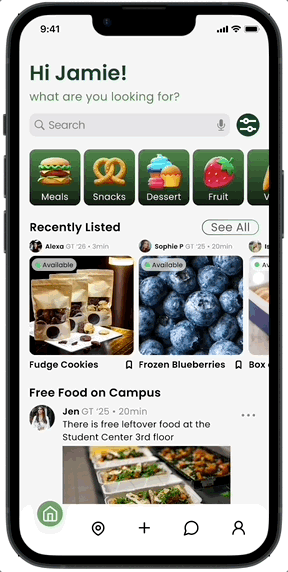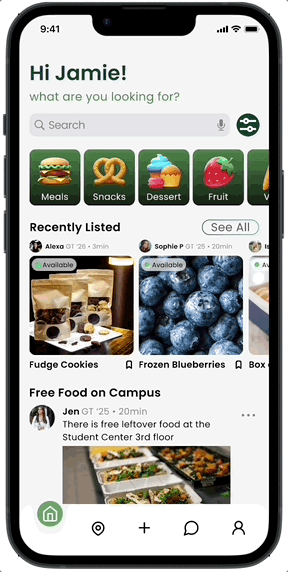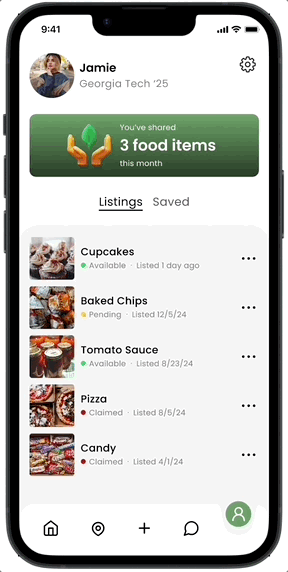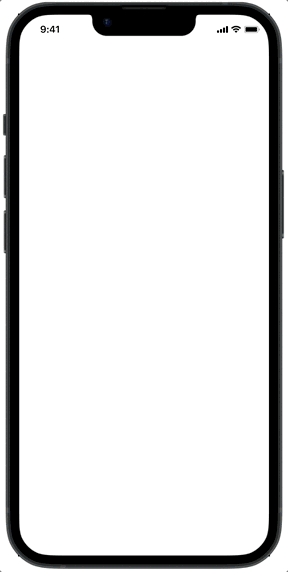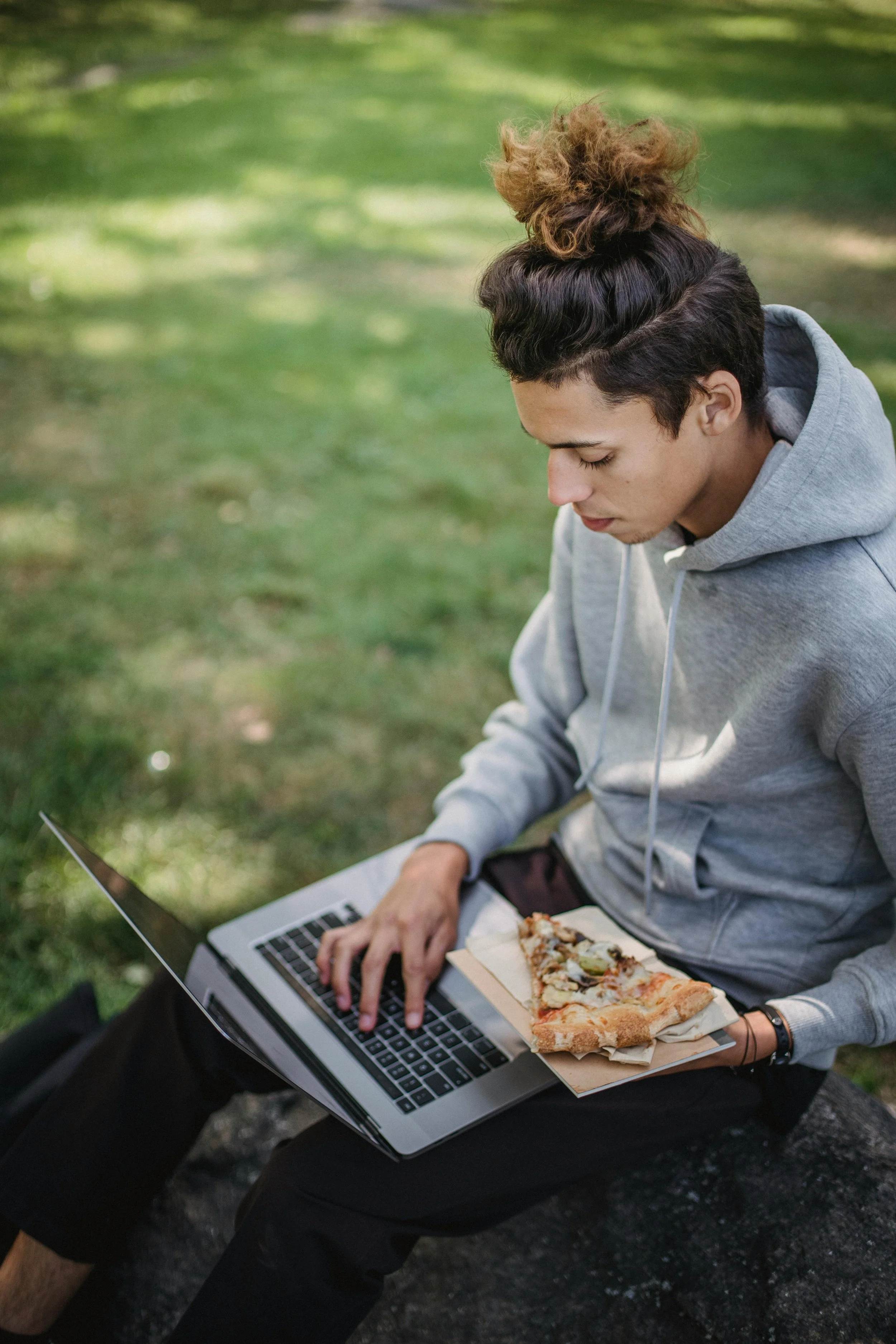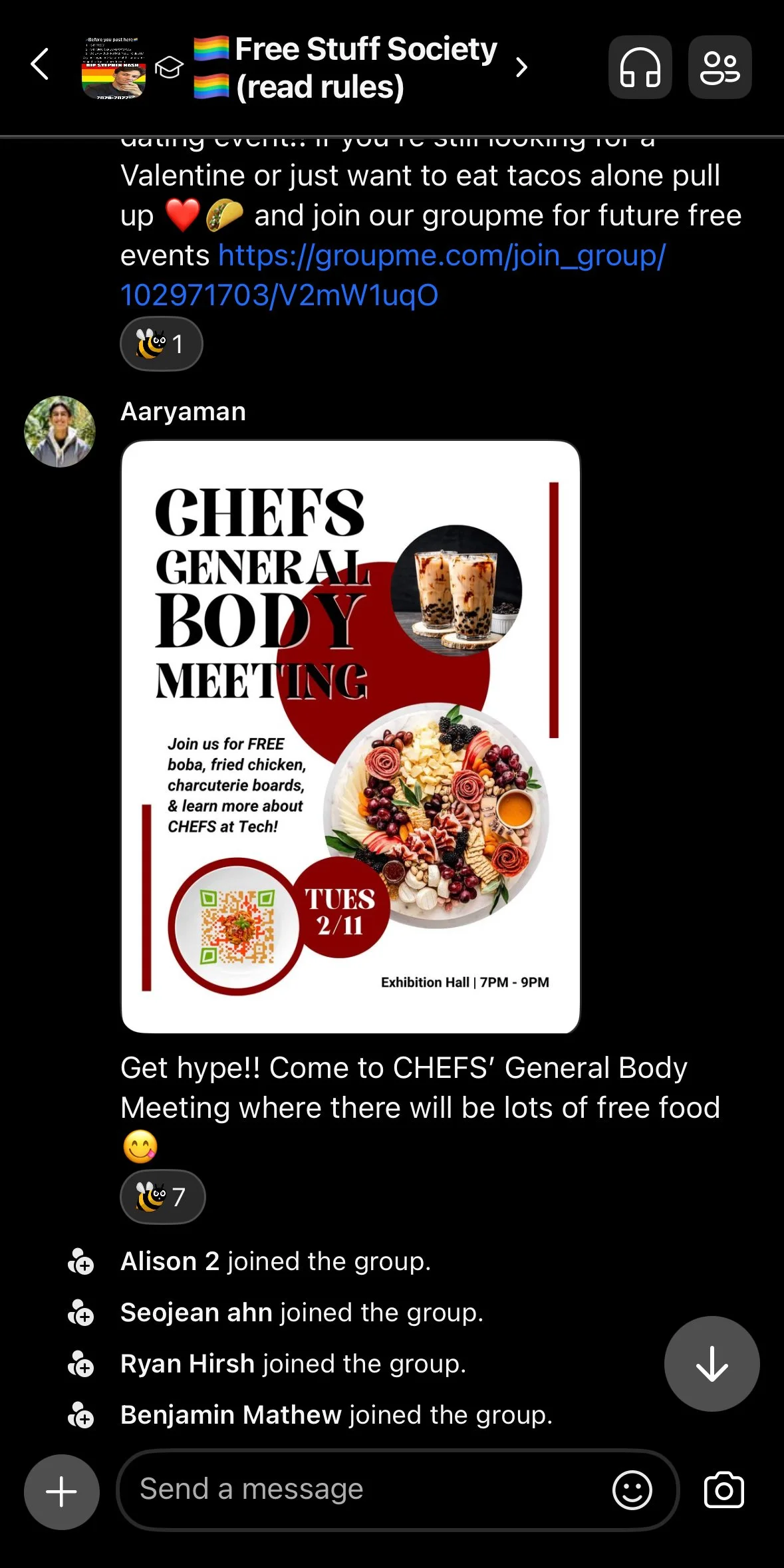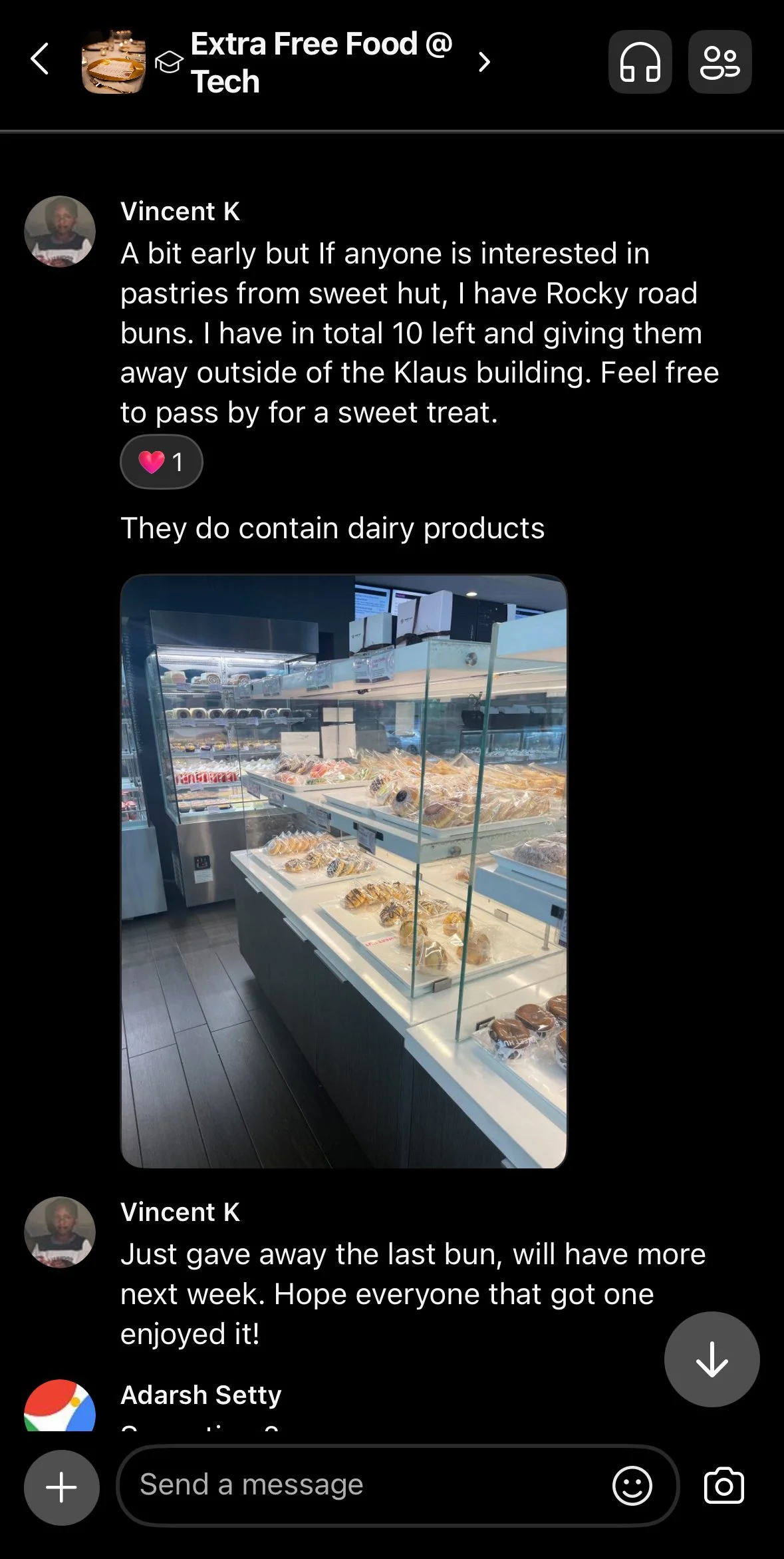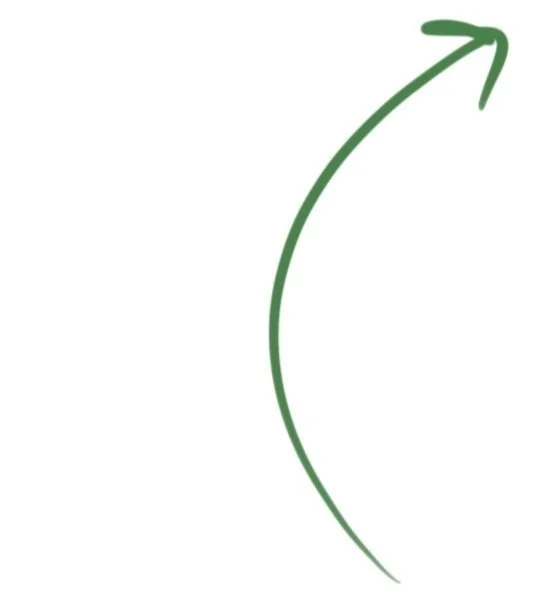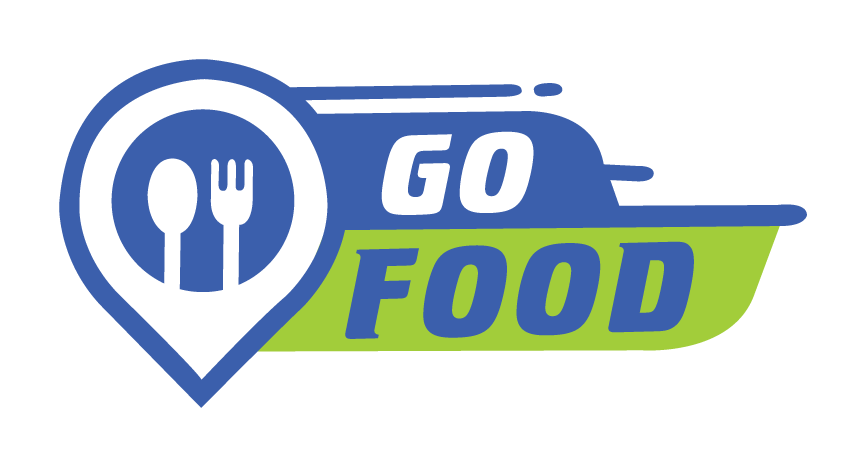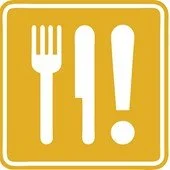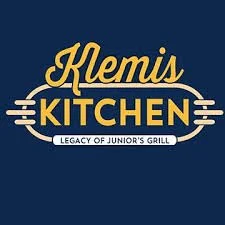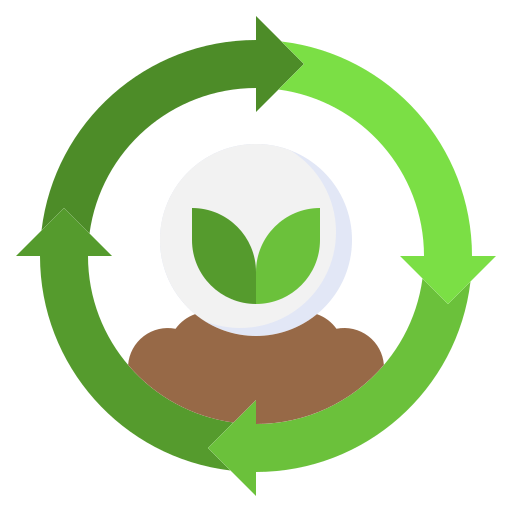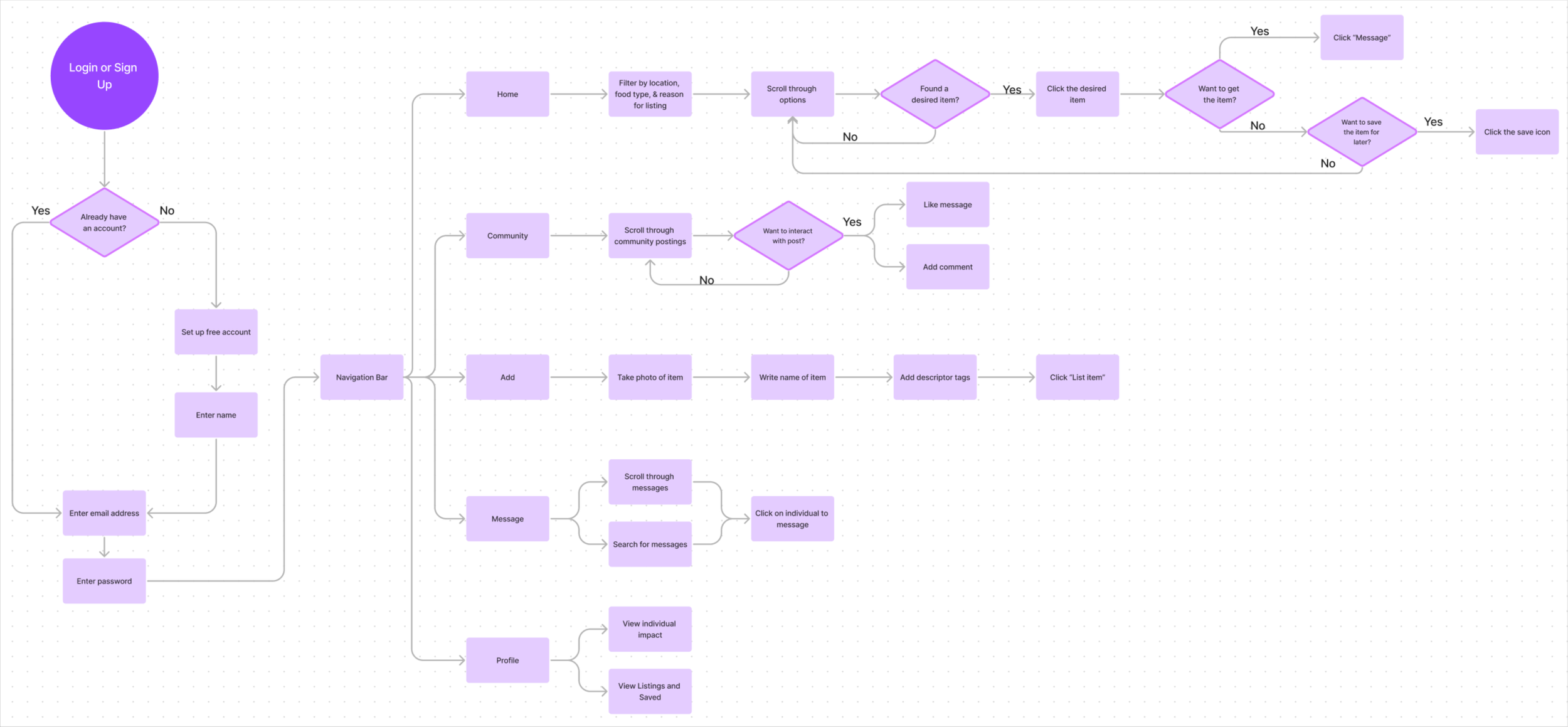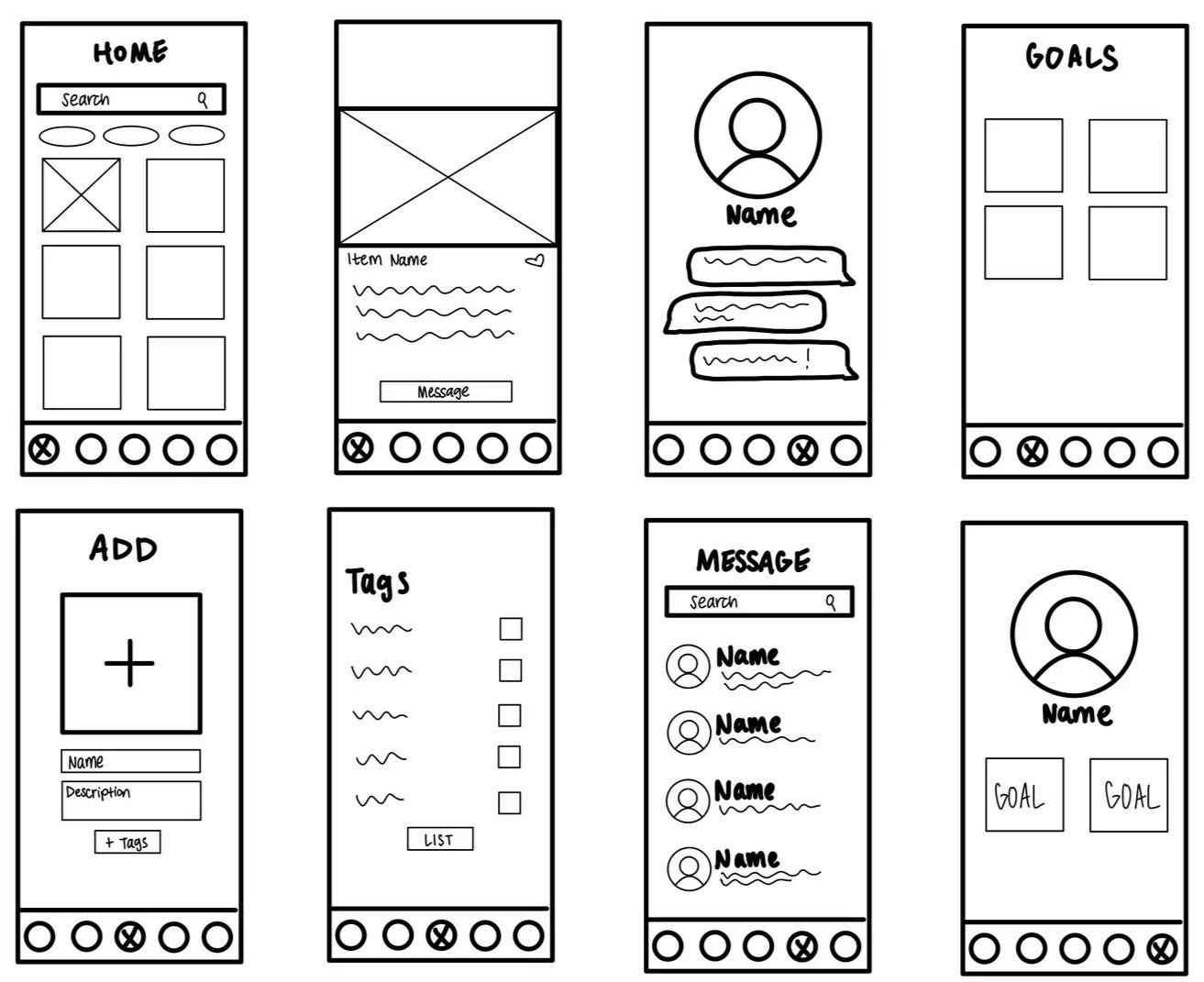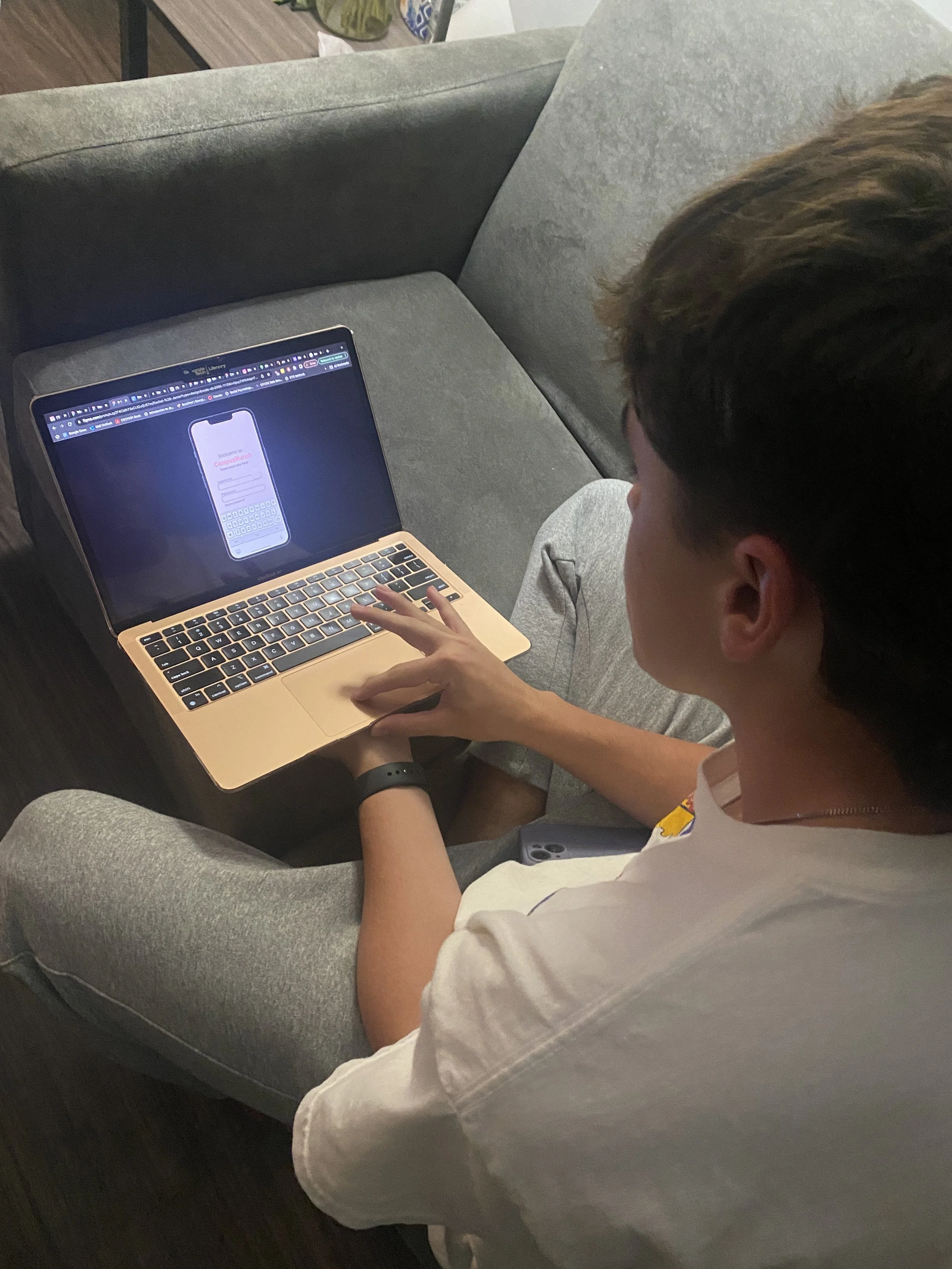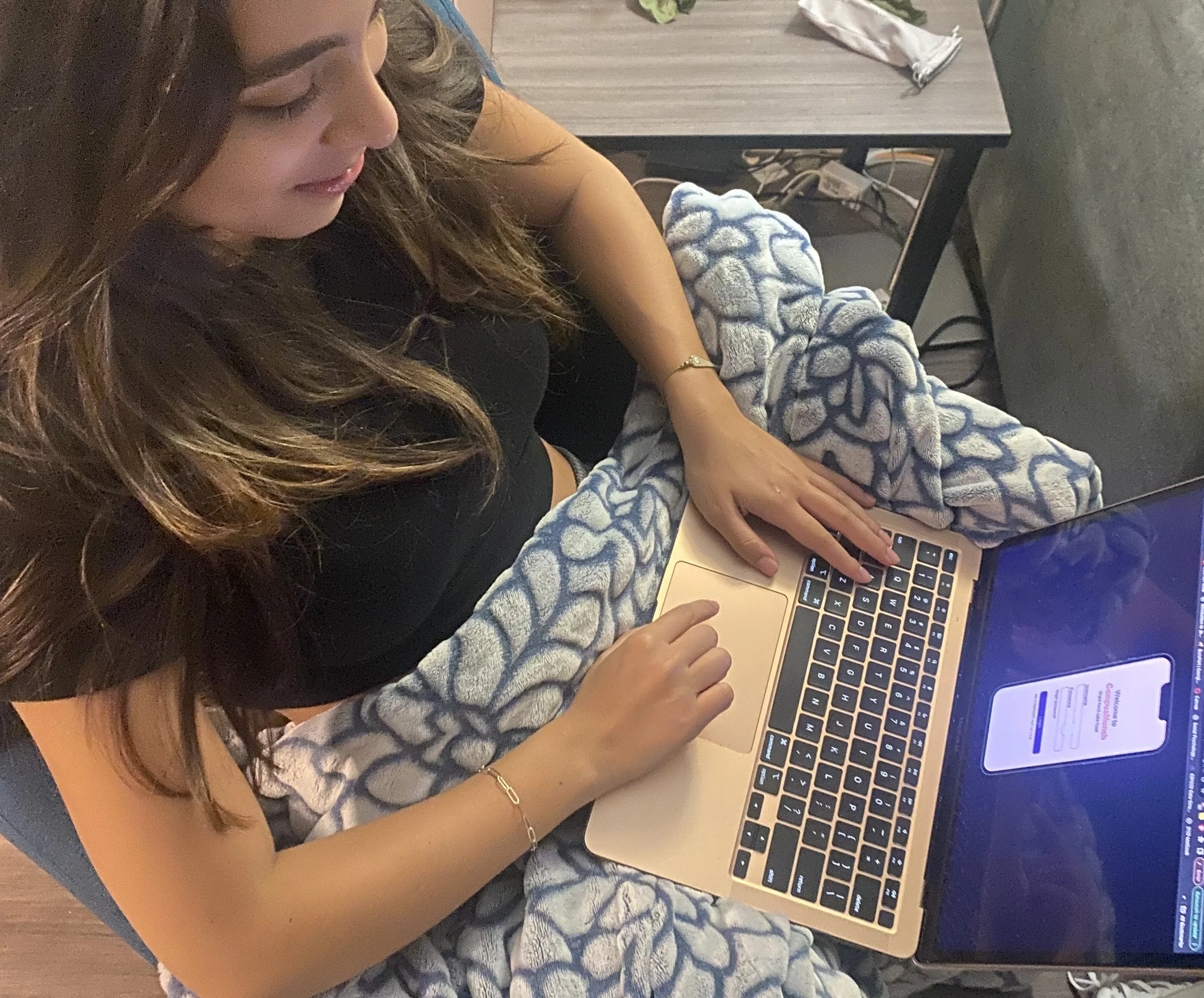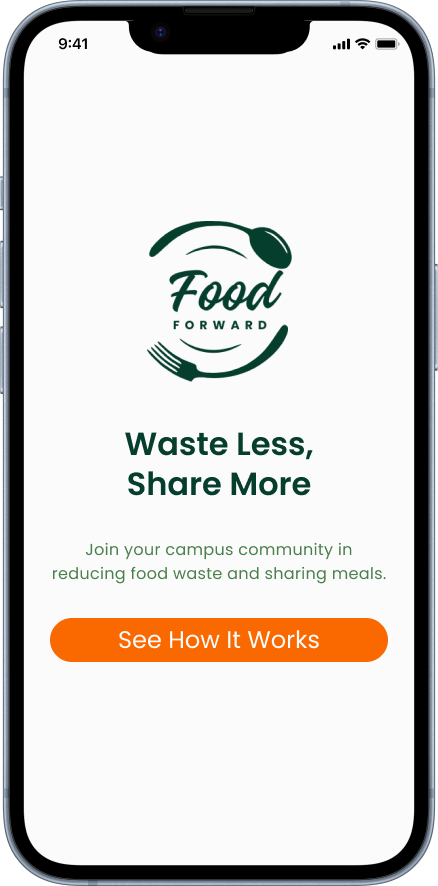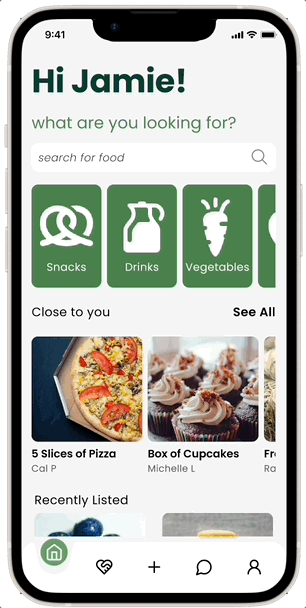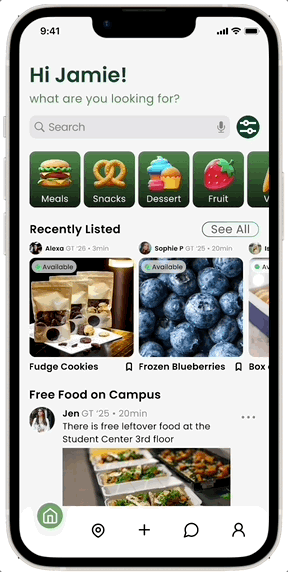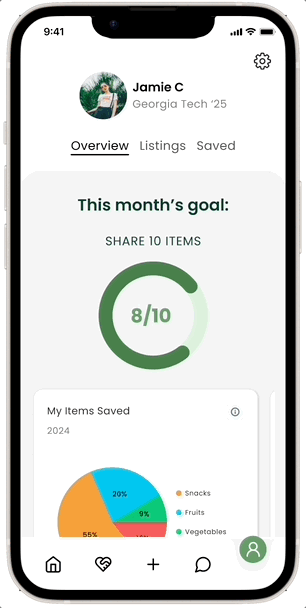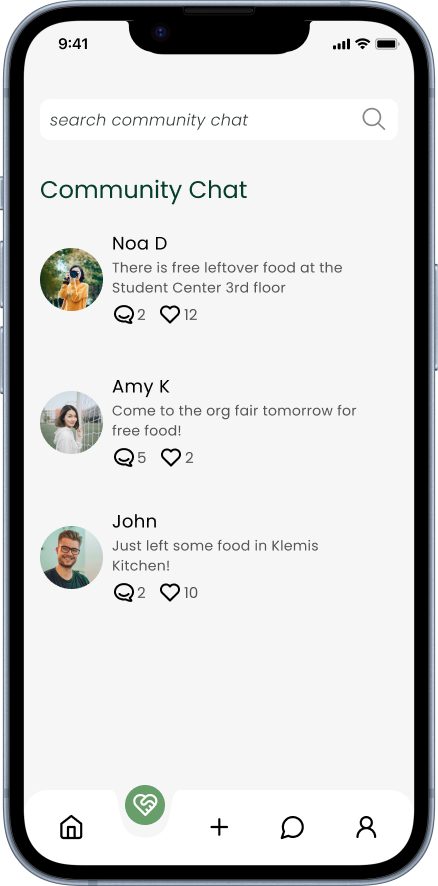Food Forward
Food Forward
An app that aims to reduce food waste and tackle food insecurity on college campuses by enabling sustainable food sharing of surplus food within the campus community.
Role
UI/UX Designer
Timeline
10 Weeks
Tools
Figma
FigJam
Team
2 UI/UX Designers
User Research
Persona Development
Figma Prototyping
Visual Design
Interaction Design
Design Systems
User Testing
Iterative Design
Skills
Collaborating Department
Bits of Good at Georgia Institute of Technology
Browse & Connect
Discover free food on campus—whether through individual student listings or real-time updates on food around campus. Easily connect with others to share and enjoy.
Share Free Food
Post about extra food or campus food events and find students to share with. Helping others has never been easier!
Find Nearby Food & Customize
Stuck in an inconvenient spot? Use the interactive map to locate the closest free food options and customize your options to fit your preferences.
Track Your Impact
See how much food you’ve helped save from waste each month. Every small action adds up to make a big difference!
This project initially started with our interest in minimizing food waste at Georgia Tech; however, after further research, we discovered a coexisting issue among college students: food insecurity.
The Emerging Problem
Some facts:
The Eiffel Tower weighs approximately 10,100 tons. At 1.3 billion tons, this is like the weight of about 128,700 Eiffel Towers!
This led us to ask
How might we reallocate food wasted on college campuses to benefit food-insecure students?
The Solution
A mobile app that promotes sustainable food sharing among college students, tackling both the problems of food waste and food insecurity.
Results
25
Reusable components created for consistency
35
Screens designed & prototyped
90%
of testers would use this app (ITUR - Intent to Use Rate)
93%
Task completion rate
User Research
Busy Schedules Lead to Food Waste
Students already have a lot on their plate. Demanding course schedules often lack time for meal prepping or cooking, leading to unintentional overbuying of groceries, resulting in food spoilage and waste.
“I often buy more food than I can eat before it goes bad because I don't have time to cook regularly. It's frustrating because I feel bad about the waste.”
Inconvenient Campus Dining Options
Many students find it difficult to access food on campus due to the limited hours and locations of dining facilities. This often leads them to skip meals or eat at irregular times.
“The dining hall hours and locations suck, and it can be really hard to get food sometimes especially when I’m super busy or I'm on the other side of campus.”
Financial Struggles and Skipping Meals
Limited budgets prevent students from purchasing food as needed, leading to skipped meals. This practice not only increases stress but also contributes to unhealthy eating habits and lifestyle choices.
“Sometimes I struggle to afford groceries, and when I can’t buy food, I just end up skipping meals, which makes me feel more stressed and exhausted.”
Impact on Health and Lifestyle
Skipping meals due to financial or scheduling challenges creates a cycle of stress and unhealthy habits, with students unable to prioritize proper nutrition amidst their other responsibilities.
“I’m so busy with classes that I don’t even notice I haven’t eaten until I’m too tired to cook, and then I just go to bed hungry.”
Following the interviews, I distributed a survey that received 50+ responses from students of all backgrounds.
The results reaffirmed students' struggles with food insecurity and highlighted their awareness of and concern about food waste.
77%
of respondents see food waste as a prevalent issue on campus
28%
of respondents experienced food insecurity as a student
50%
of respondents do not feel campus does enough to address food waste
I created two user personas based on student interviews and surveys: one representing students who waste food and feel guilty about it, and another for those struggling with food insecurity in college. These personas humanize the data, offering a more clear understanding of their challenges, motivations, and behaviors.
Alex
Bio
Fourth Year Undergrad Student
Challenge
Too busy with classes, work, and extracurriculars to plan meals effectively.
Frustrations
Buys more food than needed, often forgets leftovers, and feels guilty about waste.
Needs
A simple way to share extra food with others instead of throwing it away.
Behavior
Occasionally donates food but lacks a consistent, convenient way to do so.
Maria
Bio
First Year Undergrad Student
Challenge
No car, making grocery shopping and meal access difficult and pricey.
Frustrations
Campus food options are in inconvenient locations, expensive, or have limited hours.
Needs
Easy access to free or affordable food without relying on transportation.
Behavior
Actively looks for food resources but struggles with availability and awareness.
What are some existing solutions to food waste & food insecurity at GT?
GroupMe
There is a GroupMe chat for sharing information about free food on campus, with over 5,000 members. This chat allows students to quickly learn about available free food from events, meetings, and leftover campus meals. The chat is a popular resource for students looking to find meals and snacks.
GoFood Container
The GoFood program offers students a reusable to-go container that they can exchange each time they visit participating dining locations, eliminating the need for single-use disposable containers when taking food to go. This significantly reduces the waste generated from post-consumer dining.
Education
On-campus educational initiatives about food waste aim to raise awareness and promote sustainable practices among students, faculty, and staff. These initiatives include workshops, seminars, campaigns and informational materials distributed across campus, and interactive events that educate participants on the environmental and social impacts of food waste.
Campus Kitchen Project
A volunteer organization committed to enhancing sustainability and minimizing food waste on campus. They organize several weekly volunteer shifts to package leftover food from dining halls, Greek houses, retail locations, and campus events. This food, which would typically be thrown out, is redirected to support food-insecure students through Klemis Kitchen and to assist homeless individuals in the Atlanta area.
Klemis Kitchen
GT’s on-campus food bank, Klemis Kitchen, is named in honor of Tommy Klemis, owner of Junior’s Grill. Klemis Kitchen aims to ensure that students never have to skip a meal while also working to reduce food waste on campus. There are four locations throughout campus.
Composting
GT has partnered with CompostNow to divert 49,415 lbs of food waste and compostable containers from landfills. Compost was collected at various campus locations then transported to a local composting facility 40 miles from campus. Once the composting process was complete, the compost was distributed free of charge to community and school gardens, small farms, and non-profits throughout metro Atlanta.
Competitive Analysis
GroupMe
Effective for real-time updates but can overwhelm users with information.
GoFood Container
Promotes sustainability but doesn't address surplus food redistribution.
Education
Raises awareness but lacks immediate practical application.
Campus Kitchen
Provides direct support but relies on consistent volunteer and food donation availability.
Klemis Kitchen
Addresses food insecurity but faces stigma, convenience, and awareness issues.
Reduces waste but requires efficient logistical management and broader campus engagement.
Composting
Research Key Takeaways
1. Most students recognize food waste and food insecurity as significant and prevalent issues on campus, impacting their own well-being. However, the demanding schedules, academic priorities, and lack of time for meal prep often prevent them from actively addressing these challenges, contributing to unintentional overbuying, food spoilage, and skipped meals
2. Students want discreet, easy to access free food that fit into their busy lifestyles without adding stress or stigma.
3. Existing solutions are inconvenient, overwhelming, stigmatized, and do not address both the issues of food waste and insecurity in a manner that accommodates the unique needs of college students, such as their limited time, financial constraints, and unpredictable schedules
Design Goals & Ideation
1. Integrate convenience with busy college schedules
2. Simplify access and reduce stigma
3. Address both issues of food waste and food insecurity
Idea #1:
Smart Meal Planning App: An app that helps students plan their meals more effectively to minimize food waste. It provides recipes based on what users already have, creates shopping lists to avoid overbuying, and includes tips on food storage and preservation.
Con: It doesn’t directly address food insecurity. Students struggling to afford food may not benefit from a planning tool if they lack the resources to buy food in the first place.
Idea #2:
Discounted Meal Deals App: An app that offers students discounted meals from campus dining facilities and nearby restaurants. It partners with these establishments to provide affordable meal options during off-peak hours or with soon-to-expire ingredients.
Con: While this app makes food more affordable, it relies heavily on partnerships with dining facilities and restaurants. The challenge is in securing enough willing partners to offer meaningful discounts regularly, which may limit its impact and scalability.
Idea #3:
Food Sharing App: An app that connects students with excess food to those in need. Students can post available food, and others can claim it before it goes to waste. The app would include features like notifications for new posts, location services to find nearby food, and ratings for safety and quality.
Con: Since the food is shared directly between students, there's a risk of health issues arising from improperly stored or handled food. Implementing and enforcing guidelines to ensure all shared food is safe to consume can be challenging and may require additional oversight or educational components to mitigate this risk.
The Chosen Solution:
Free Food Sharing App
Why?
Directly addresses both food waste and food insecurity by redistributing excess food.
Integrates seamlessly into students' daily routines, allowing them to tackle food waste and food insecurity without adding extra effort to their busy lives.
Leverages the communal aspect of college campuses, making it easier for students to help each other.
Allows students to arrange meetups at their convenience, minimizing any potential stigma associated with receiving food assistance.
Real-time updates also allow for quick and efficient food distribution that might otherwise go to waste.
Bringing the ideas to life…
User Flow
We wanted the app’s user flow to be intuitive and straightforward, ensuring that users can easily navigate through the app to complete their goals. This is a simple idea of the flow we wanted to accomplish for listing and searching for food.
Initial Hand Sketch
Low Fidelity Wireframes
Initial Testing
User testing was conducted on the low-fidelity version to test early concepts, ideas, and usability. We invited a couple of students to interact with the Figma prototype version of the app.
Initial Findings & Iterations
1.
The shopping cart made it seem like the app is for buying food rather than sharing free food.
2.
Users wanted a dedicated space on the app to view real-time updates about free food on campus, addressing their immediate need for accessible food resources. As a result, we replaced the Goals tab with a Community tab.
Moving into high fidelity
Design System
I wanted to convey an inviting, natural, and friendly visual design into the app to enhance user engagement and ensure that the platform feels welcoming and accessible to all students, encouraging more frequent and comfortable use.
New Onboarding
The new onboarding screens guide users through the app's purpose of facilitating food sharing on campus, ensuring a smooth and informative introduction to the platform.
More iterations
Prev. Home Page
New Home Page
Previously, the home page only displayed listed food items. Now, it includes both recently listed food and real-time updates on free food happening across campus. Users can also filter listings based on their preferences, making it easier to find what they need.
Prev. Profile Page
New Profile Page
The profile page originally featured three navigation sections: Overview (with individual statistics, charts, and graphs), Listings, and Saved Items. To improve clarity and reduce clutter, the Overview section was removed, leaving only Listings and Saved Items tabs. Key statistics are now displayed at the top of their respective sections. The decision to remove charts and graphs was based on user feedback—while visually appealing, they did not add significant value to the core user experience and were not frequently referenced. This redesign keeps the profile page clean, focused, and more functional for users.
Prev: Community Tab
New: Map Tab
To address user feedback about large campus size and the need for a visual way to locate food, the Community tab was replaced with a Map tab. This interactive map shows where free food items or events are located in real time. The community chat feature was moved to the home page as a “Free Food on Campus” feed, allowing users to post updates and share food availability around campus instantly.
The final prototype
[Tap screen to start]
Join the movement—waste less, share more, and make free food easier to find with Food Forward.
Reflection
Embrace Flexibility in the Design Process
This project taught me how to break out of a structured approach to design. Initially, I had a vision to tackle food waste on college campuses, but as I gathered more research and user feedback, my understanding of the problem evolved unexpectedly. Each round of iteration challenged my initial assumptions, forcing me to revisit earlier decisions, test new ideas, and refine user flows to address both food waste and food insecurity effectively. This nonlinear process ultimately led to a more informed and impactful solution and reinforced the importance of flexibility and continuous learning in design.
Feature Prioritization
If I had to do it again, I would prioritize features before designing, as it would have saved significant time and effort. Instead of jumping into wireframing, I would have used a prioritization framework (like MoSCoW or impact vs. effort) to focus on essential features. This would have ensured that the initial design solved the most pressing user problems first, rather than iterating later to remove unnecessary or low-impact features.
Design for the User, Not Assumptions
I learned the importance of designing for the user rather than relying on our assumptions about their needs. Initially, I thought features like goal-setting and data visualizations would be highly engaging, allowing users to track their contributions toward reducing food waste. However, through user feedback, I discovered that other features provided more value to the users, such as the interactive map and “Free Food on Campus” feed. This showed me the need to continuously validate design decisions with real users to ensure the features are genuinely beneficial and align with their needs.


